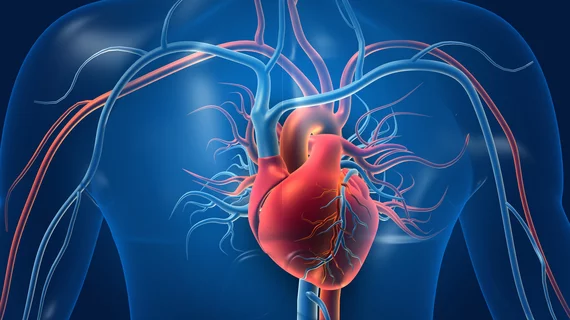By visualizing metabolism, researchers hope to improve heart disease diagnosis
Conventional MRI can offer physicians critical information on how the heart is pumping. Now, through a new method of hyperpolarized MRI, researchers from ETH Zurich and the University of Zurich are hoping to unlock metabolic information, mapping how the heart gets its energy.
Their work, published in the Journal of the American College of Cardiology, notes that metabolism problems can be an early signal of a heart condition, so success in this regard may be able to help improve diagnosis and treatment [1]. Specifically, observing that the heart is metabolizing sugar as an energy source could indicate a lack of oxygen, since using fat as an energy source requires more oxygen.
Finding a way to capture metabolism via a non-invasive method such as MRI was no easy task, and much of the researchers’ efforts focused on how to adapt traditional MRI in order to do so.
“The heart is constantly in motion, which makes imaging a big challenge,” said Sebastian Kozerke, PhD, of ETH Zurich, an author of both JACC papers.
What worked was amplifying the signal of metabolic molecules through a complex technique that uses a refrigerator-sized device (deemed “the fridge”) to increase signal strength using a frozen sugar intermediate (pyruvate), magnetized by microwaves. At body temperature, pyruvate can be used for imaging in a similar manner as contrast agents.
The new method was tested using a pig’s heart, and the researchers were successfully able to visualize the heart;s metabolism, map changes occurring after a heart attack, and reveal which parts of the heart muscle were able to recover.
Now, Robert Manka, MD, director of cardiac MRI at the University Hospital Zurich’s Heart Center, is working with the JACC studies’ researchers on a clinical trial for patients with heart faulure or risk of heart failure.
“For us physicians, it’s very valuable to map the metabolism of the heart. In the future, this could enable us to improve diagnoses and prognoses of heart disease—and thus to tailor treatment more closely to the individual,” said Manka in an ETH Zurich article highlighting the ongoing research.
